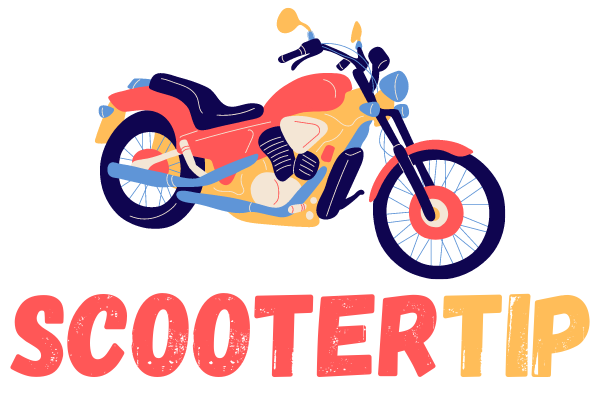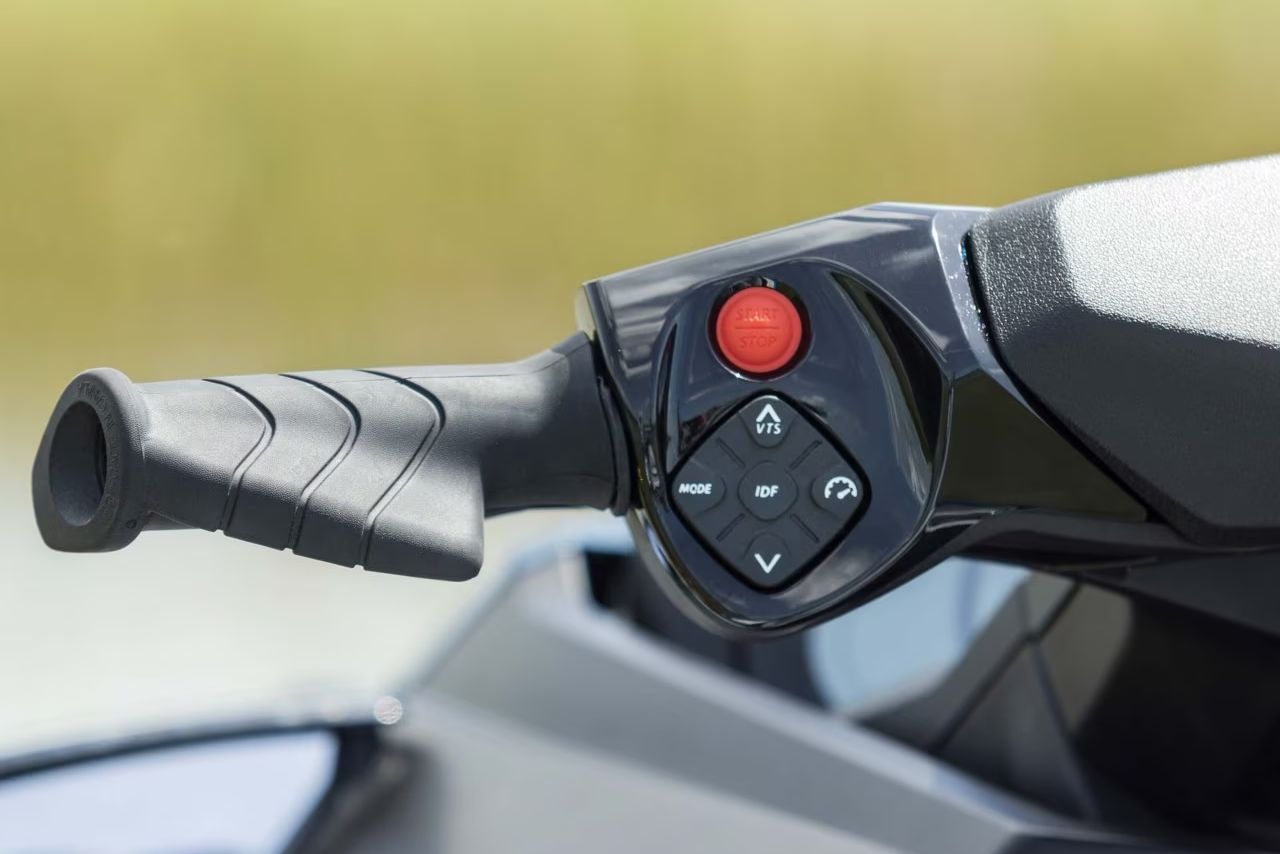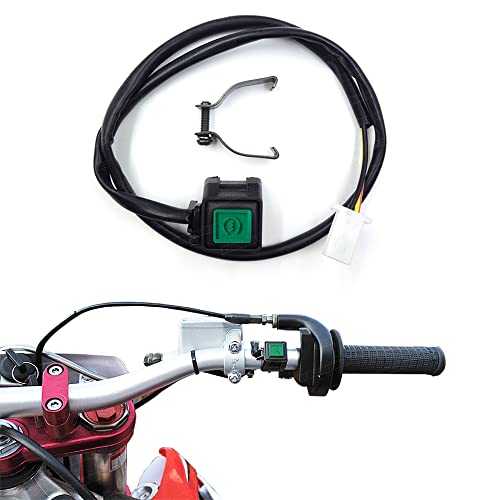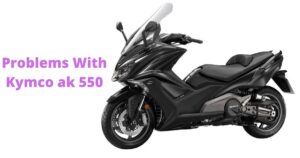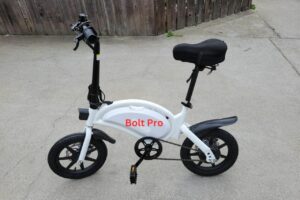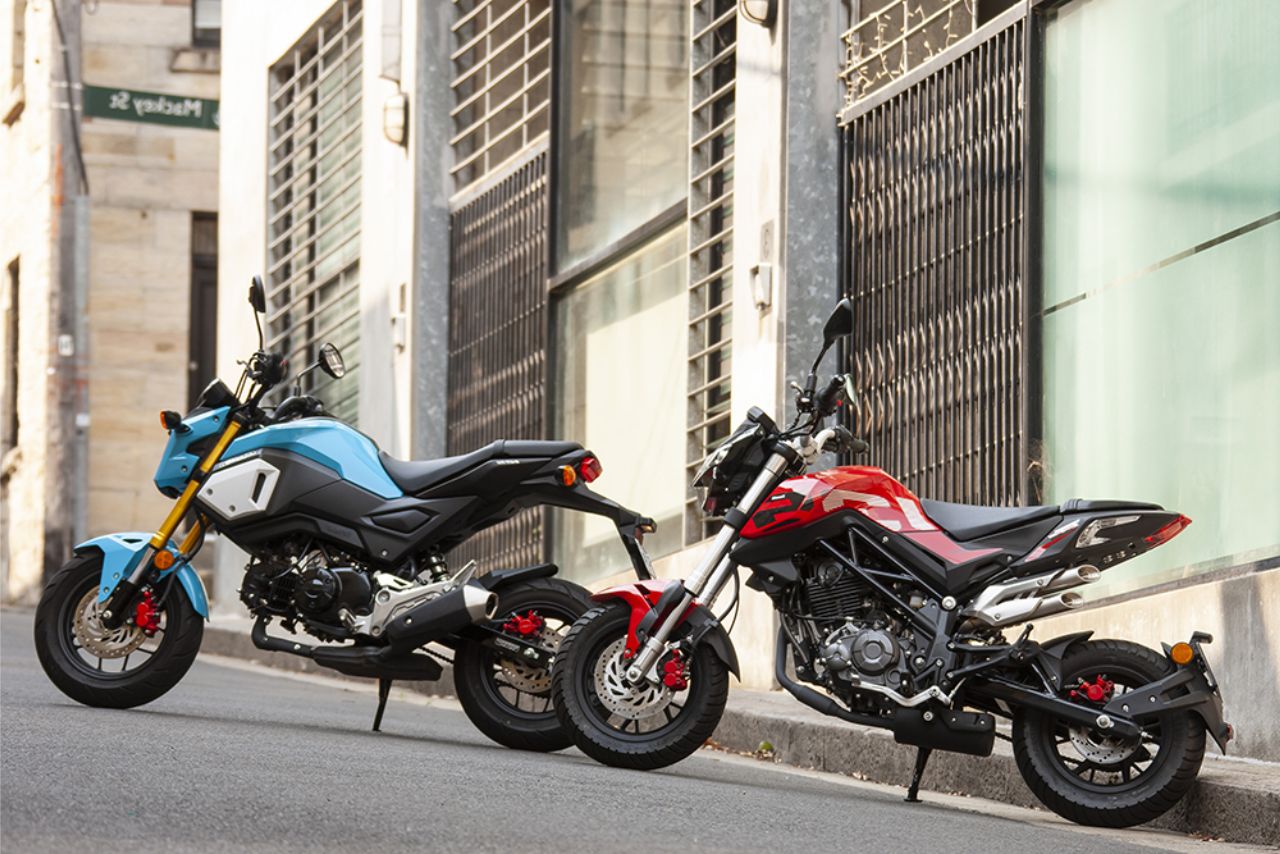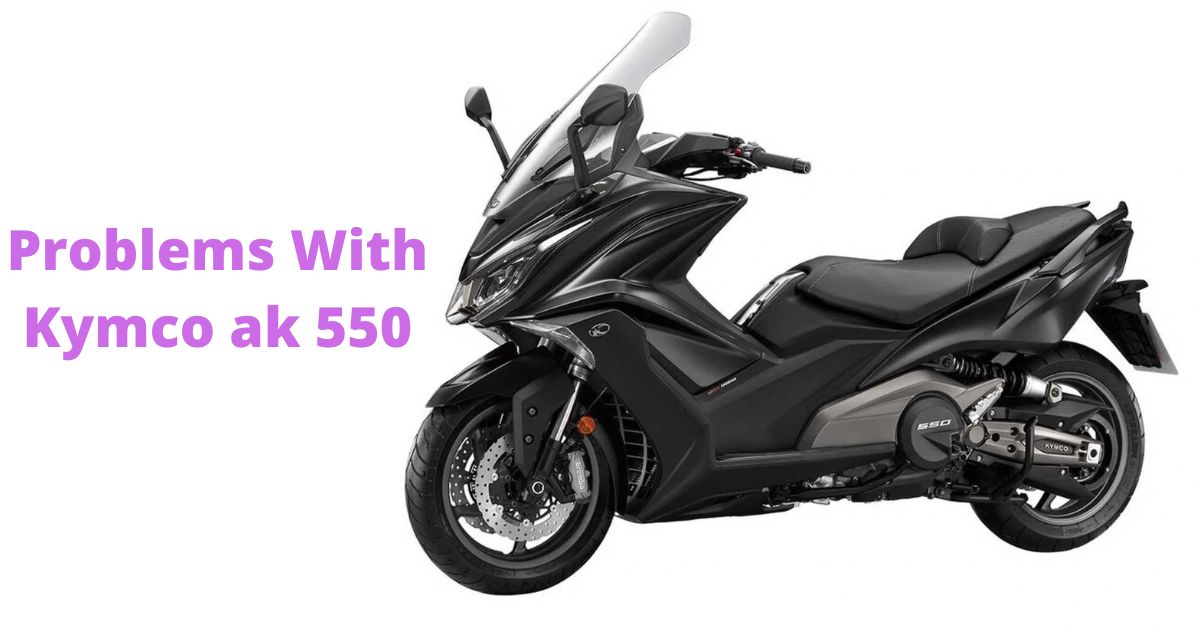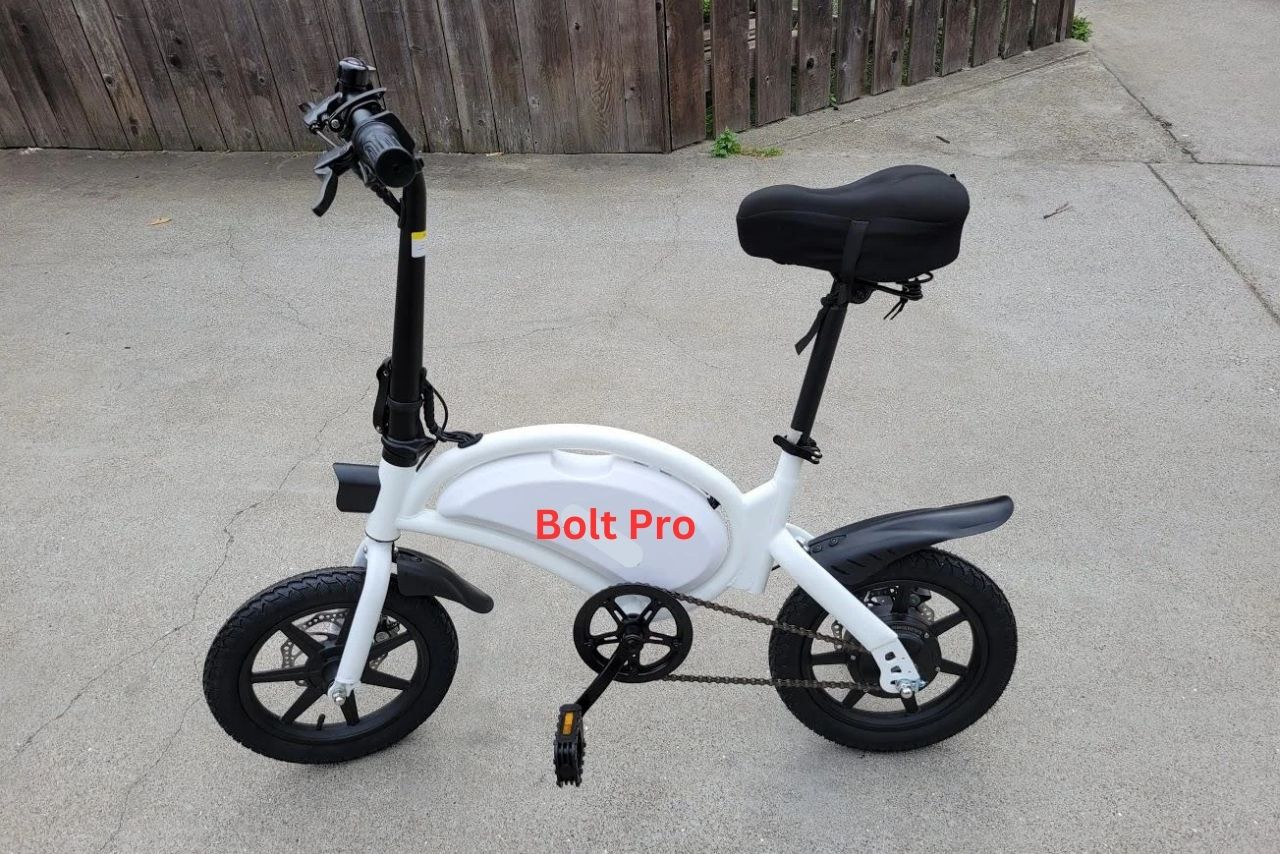Bypassing a motorcycle starter solenoid with a push button? Yes, it is possible! If you’re facing issues with your motorcycle’s starter solenoid and want to find an alternative way to start the engine, using a push button can be a viable solution.
In this article, we will explore the process of bypassing the starter solenoid by installing a push button and discuss the steps involved in getting your motorcycle up and running without relying on the traditional starting system.
So, if you’re eager to learn how to take matters into your own hands and troubleshoot any potential problems with your starter solenoid, keep reading!
Table of contents
A Motorcycle Starter Solenoid:
A starter solenoid is a small electromechanical device that is used to start the engine on a motorcycle. It is located near the battery and is connected to the starter motor.
When the starter button is pressed, it sends a signal to the starter solenoid, which engages the starter motor and cranks the engine.
The starter solenoid works by using a small amount of current to energize a coil. This creates a magnetic field that pulls a plunger up, which closes the contacts between the battery and the starter motor.
When the contacts close, the starter motor receives a large amount of current and starts to crank the engine.
How to Bypass Starter Relay Motorcycle?
Bypassing the starter relay on a motorcycle can be done in several ways, depending on the specific model and electrical system.
Here is a general step-by-step guide on how to bypass the starter relay:
Starter Push Button Switch:
A starter push button switch is a type of switch that is used to start an engine. It is typically installed in place of the traditional ignition switch. When the button is pressed, it sends a signal to the starter solenoid, which engages the starter motor and cranks the engine.
There are two main types of starter push button switches: momentary and maintained. Momentary switches only send a signal when the button is pressed, while maintained switches continue to send a signal as long as the button is held down.
Momentary switches are typically used for starting engines, while maintained switches are more commonly used for other applications, such as activating accessories.
To install a starter push button switch, you will need to disconnect the battery and locate the starter wires. The positive starter wire will be connected to the starter solenoid, and the negative starter wire will be connected to the chassis ground.
Strip about 1/2 inch of insulation off the ends of both wires. Connect the positive starter wire to the “+” terminal on the push button switch and the negative starter wire to the “-” terminal on the switch. Secure the push button switch in place and reconnect the battery.
Once the push button switch is installed, you can test it by pressing the button and starting the engine. If the engine does not start, check the connections between the push button switch and the starter wires.
Why Would You Want to Bypass the Motorcycle Starter Solenoid?
There are several reasons why you might want to bypass the motorcycle starter solenoid and use a push button instead. Here are some of the main benefits:
Table: Pros and Cons of Bypassing the Motorcycle Starter Solenoid
| Pros | Cons |
|---|---|
| Allows starting even with solenoid failure | Requires knowledge and experience in working with electrical systems |
| Cost-effective alternative to solenoid replacement | May void warranty or affect insurance coverage |
| Provides quick and easy starting process | Improper installation can lead to safety hazards |
| Offers customization options for handlebar controls | Potential risk of damaging other electrical components |
| Ensures emergency starting capability | Limited availability of reliable aftermarket push button kits |
Tools and Materials Needed for Bypassing the Motorcycle Starter Solenoid
To successfully bypass the motorcycle starter solenoid using a push button, you will need to gather the following tools and materials:
Additionally, you might also require some miscellaneous items depending on your specific motorcycle model:
Remember: Safety should always be a top priority when working with electrical components! Make sure to disconnect your motorcycle’s battery before attempting any modifications or repairs.
Bypass Starter Solenoid with Push Button: (A Step-By-Step Guide!)

To bypass the motorcycle starter solenoid using a push button, you’ll need some basic tools and follow these steps:
Gather the necessary materials: Before starting, make sure you have the following items ready:
Safety Precautions When Bypassing the Motorcycle Starter Solenoid
When bypassing the motorcycle starter solenoid with a push button, it is important to take certain safety precautions to ensure your own well-being and prevent any potential accidents. Here are some guidelines to follow:
Disconnect the Battery: Before attempting any work on your motorcycle’s electrical system, always disconnect the battery first. This will help prevent accidental short circuits or electrical shocks.
Wear Protective Gear: It is crucial to wear appropriate protective gear such as gloves and safety goggles when working on your motorcycle’s wiring or electrical components.
Ensure Proper Wiring Connections: Double-check all wiring connections before starting the engine after bypassing the starter solenoid. Loose or incorrect connections can cause sparks, fires, or damage to other components of your motorcycle.
Use Quality Materials: Always use high-quality wires, connectors, switches, and fuses when bypassing the starter solenoid with a push button.
Follow Manufacturer Guidelines: Refer to your motorcycle’s user manual or consult with an experienced mechanic who is familiar with your specific make and model for guidance on proper wiring procedures.
Exercise Caution With Hot Components: Some parts of the motorcycle’s electrical system may become hot during operation due to current flow or proximity to engine heat sources like exhaust pipes.
Regularly Inspect Your Modifications: After installing a bypass switch for your starter solenoid, periodically inspect all connections for signs of wear, corrosion, loose fittings, or damage caused by vibration over time.
Watch video: Bypass Starter Solenoid with Push Button:
How to Hook up A Push Button Starter Switch?
To hook up a push button starter switch, disconnect the battery first. Then, locate the starter wires and strip about 1/2 inch of insulation off the ends.
Connect the positive starter wire to the “+” terminal on the push button starter switch and the negative starter wire to the “-” terminal on the switch.
Secure the push button starter switch in place and reconnect the battery. Finally, test the push button starter switch by pressing the button and starting the engine.
Conclusion: Bypass Starter Solenoid with Push Button:
Bypassing the motorcycle starter solenoid with a push button can be a convenient and practical solution for riders.
By eliminating the need to engage the solenoid through traditional means, such as using the ignition switch or kickstarting, riders can save time and effort when starting their motorcycles.
However, it is important to note that bypassing the starter solenoid should only be done by experienced individuals who understand the electrical system of their motorcycles.
Incorrect wiring or improper installation may lead to damage to your bike’s electrical components or even pose a safety hazard.
FAQs
What Is a Bypass Starter Solenoid with Push Button?
A bypass starter solenoid with push button is a device that allows you to start your vehicle’s engine without using the traditional ignition key and starter solenoid.
Instead, you can simply press a button to activate the starter motor.
Is It Safe to Use a Bypass Starter Solenoid with Push Button?
Using a bypass starter solenoid with push button can be safe if installed and used correctly.
However, it is important to follow the manufacturer’s instructions and ensure that the device is compatible with your vehicle.
Improper installation or use can lead to electrical malfunctions or even vehicle damage.
Can I Install a Bypass Starter Solenoid with Push Button Myself?
Installation of a bypass starter solenoid with push button can vary depending on your vehicle’s make and model.
Some installations may be relatively simple, while others may require more advanced electrical knowledge.
If you are unsure, it is recommended to consult a professional or refer to the manufacturer’s instructions.
Will Using a Bypass Starter Solenoid with Push Button Void My Vehicle’s Warranty?
Using a bypass starter solenoid with push button may void your vehicle’s warranty, as it involves modifying the original ignition system.
It is important to check your vehicle’s warranty terms and conditions before installing any aftermarket devices.
Can I Still Use the Traditional Ignition Key with A Bypass Starter Solenoid with Push Button?
In most cases, a bypass starter solenoid with push button can be used in conjunction with the traditional ignition key.
This allows you to choose between using the button or the key to start your vehicle.
Are There Any Potential Drawbacks to Using a Bypass Starter Solenoid with Push Button?
One potential drawback is the risk of theft. Since the ignition key is bypassed, it may be easier for unauthorized individuals to start your vehicle if they have access to the push button.
Additionally, if installed incorrectly or used improperly, it can lead to electrical issues or damage to the vehicle’s electrical system.
Latest Posts:
- Benelli TNT 135 vs Grom! (A Proper Review!)
- What Problems Does The Kymco Ak 550 Have? Find Solution!
- Jetson Bolt Pro Troubleshooting! (The Ultimate Guide!)
- Top 10 Best Electric Scooters For Kids (Tried And Tested!)
- 10 Best 150cc Bike For Beginners: (Tried And Tested!)
- What Does 16 Mean To The Pagans? (The Surprising Truth!)
